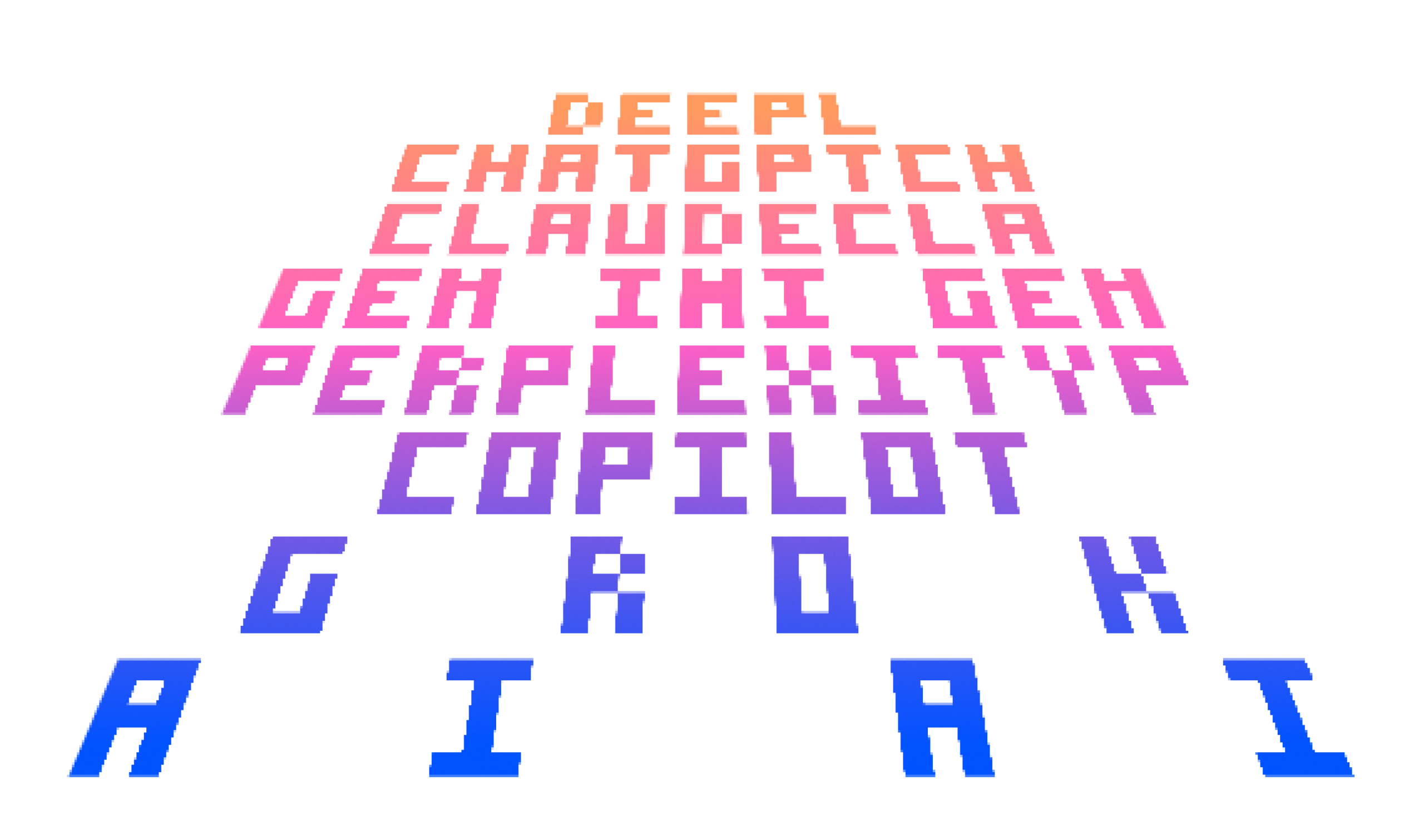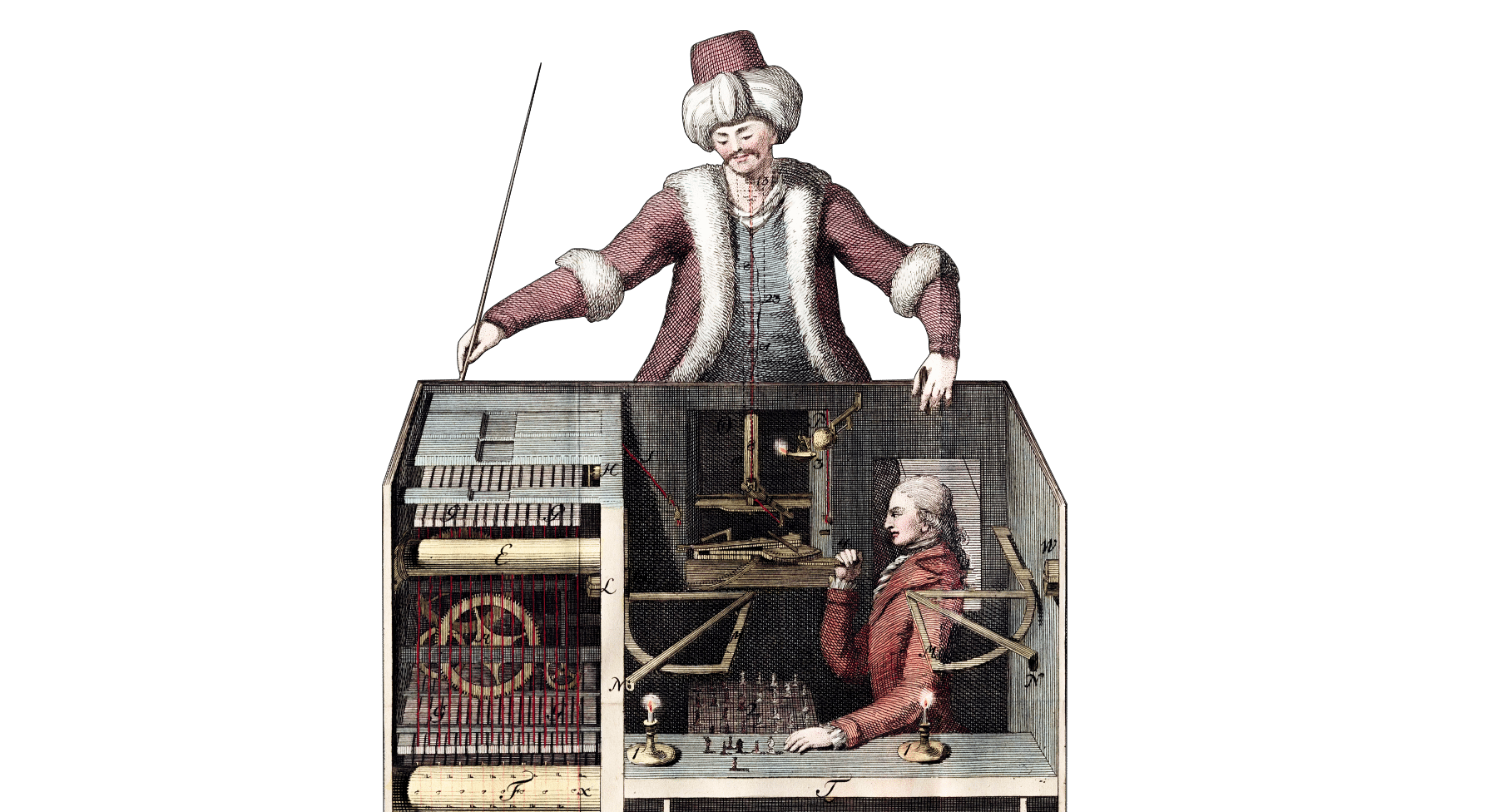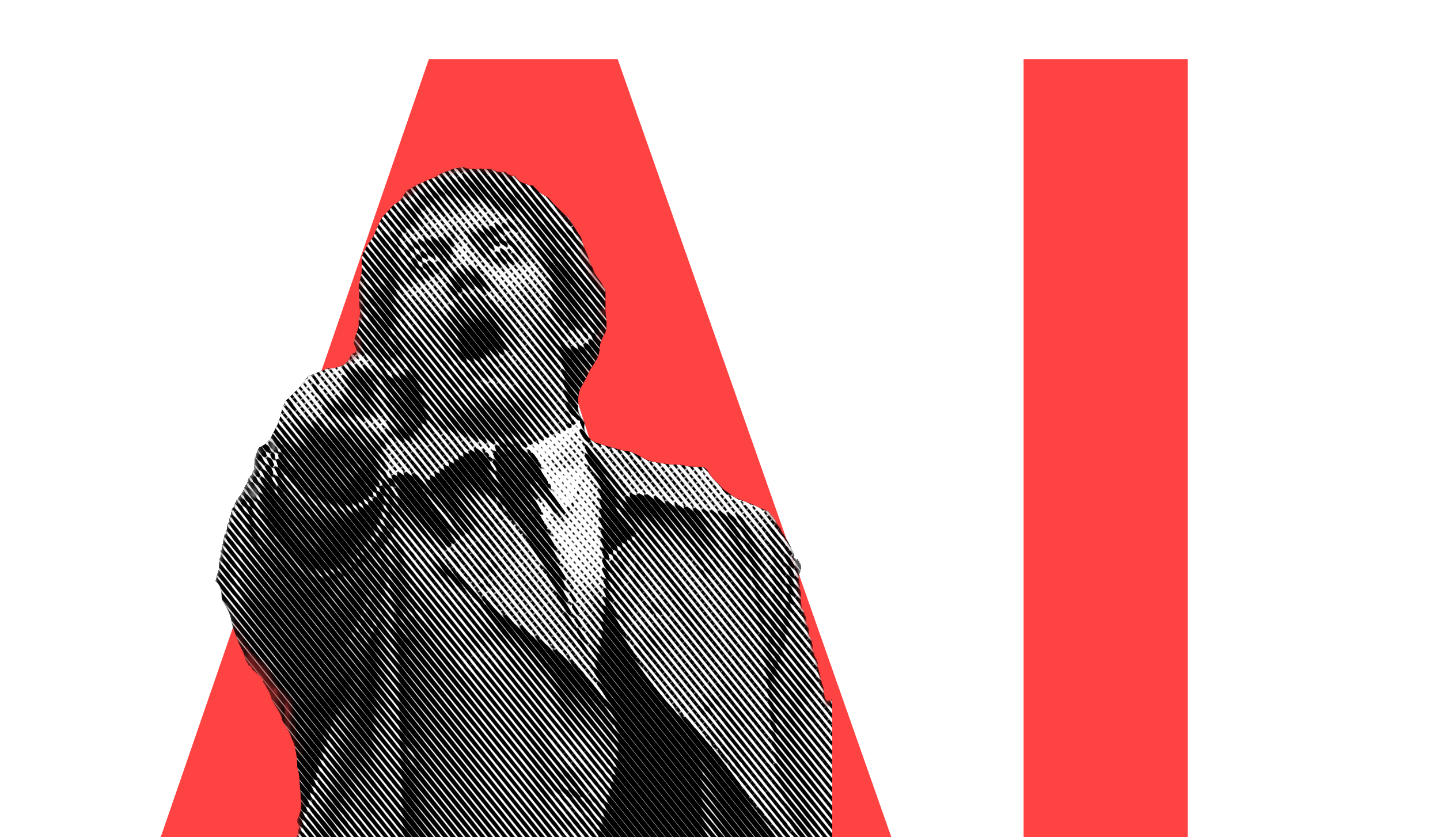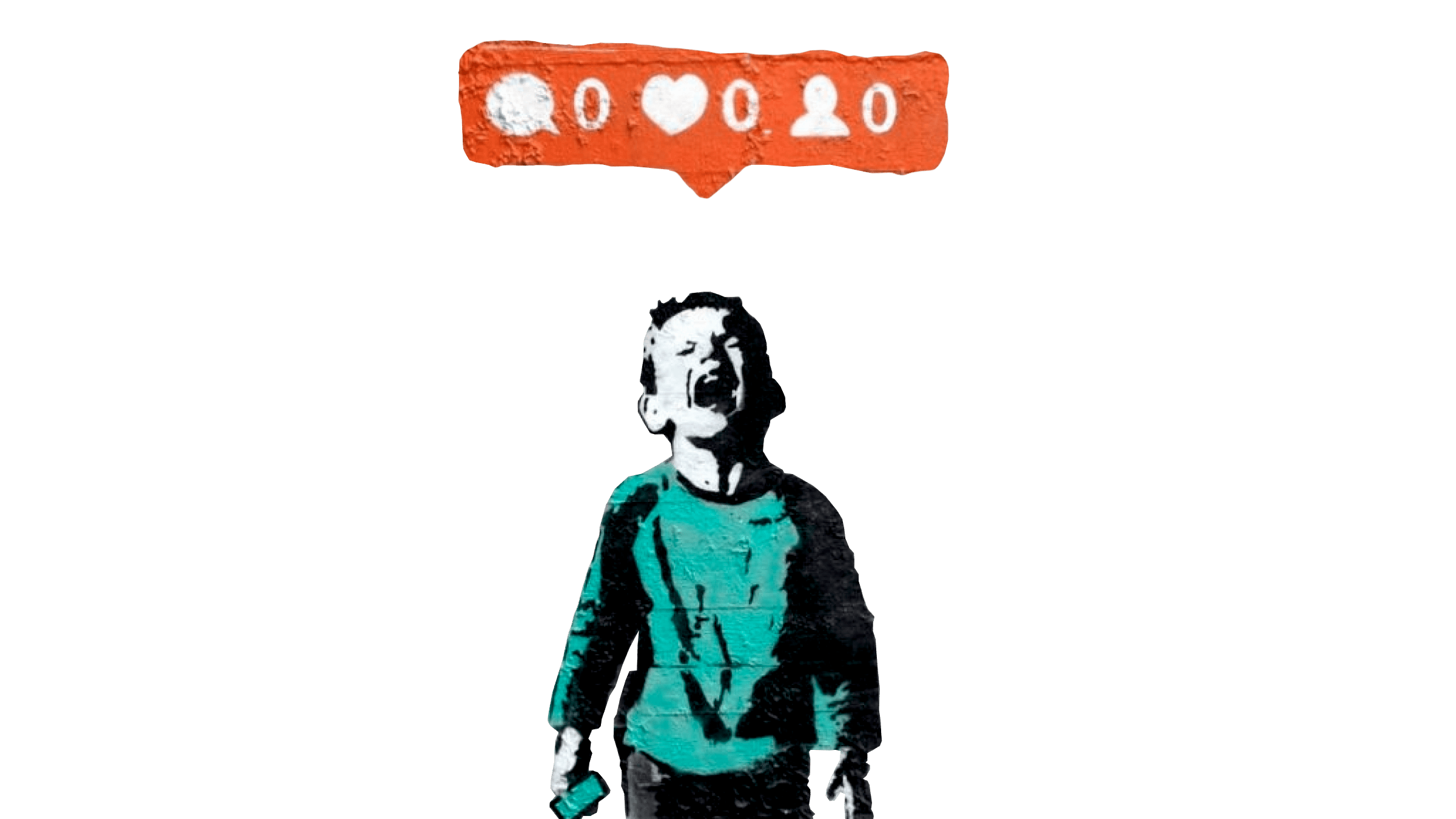Interview with William Channer for DRT, focusing on “the importance of keeping interfaces simple, why current websites are complicated and the pitfalls of research and why it’s a good starting point to understand user expectations.” This is the unedited transcript of the interview.
Why do you think it’s hard to design simple websites?
There are always different reasons. One reason is that a lot of corporate design is still driven by a group of people that don’t understand the medium well enough. For example, scrolling is still an issue for a lot of marketing people. It’s a huge problem—they always want to be in this visible area, and then they start applying the old tricks, like pull downs or carousels to put as much information as they can in the non scroll area, which is complete nonsense. If you look at the number of interactions and the complexity that these interactions require, both mentally and physically, it’s often easier to scroll.
One issue that we have when designing newspapers is that the marketing department always wants a banner in the visible area, but if you have a nicely structured website that invites you to scroll you have a very big chance of getting an ad impression on the bottom of the page. That is certainly a big issue; corporations don’t have the right structures.
I see more and more competent people actually setting up web projects or app projects but they still struggle internally explaining these rather complicated facts. Another reason why there are few simple websites is it’s just difficult to reduce anything to its essence, especially if you do a lot of work from within. Information Architecture, as we understand it, is the process of simplifying the basic structure of the website to the point where the user finds what he expects, and is surprised by finding more than he expected—in a good way.
Practical Information Architecture, not theoretical Information Architecture, as we experience it working with corporations is still trying to fit in all the requirements in as little space as possible, instead of trying to reduce a website to its essence.
What helps a lot is mobile user interfaces, because even the most stubborn marketing department will realize that they cannot fit everything in the visible area of an iPhone screen, and that forces them to co-operate in terms of Information Architecture in reducing the requirements to the absolute necessity.
At the same time, the diversity of platforms that we have nowadays, and it seems like the online web ecosystem keeps on getting more complicated, is that you have to have a really broad perspective in the beginning to set up a project with all the possible applications of your design in mind. The diversity of screens that we have and interaction methods that we have coming with those screens—touch, mouse and keyboard interactions are completely different beasts.
It makes it easier and makes it more complicated to create simple user interfaces. We see a lot of projects where we get invited, for instance, to do a mobile application of a certain project and they invite us because we are called “Information Architects” and they think we can do wonders in using what they have already such as iPhone apps, iPad apps, web apps, and Android stuff, and they expect wonders for us to just translate that into a smaller screen, but you have to have the whole ecosystem in mind before you start any of these projects. If you do a big redesign of a newspaper, you really have to ask yourself at the very beginning, “How will this look on every device? How will it work on every device? What kind of system and Information Architecture can we put in place that works everywhere?” That is another new challenge, at the same time it helps, and sometimes it makes it even more impossible to find a simple coherent solution.
How do you find that simple solution where it’s consistent across all devices?
What we do is if we have the opportunity to look at the whole project, we sit together, if ever possible, with the top decision makers, and try to explain to them that this is not a mere matter of pushing pixels, or making things pretty, but it’s a matter of structuring the information at the very top level. Defining the basic containers of what you want to communication throughout all the channels, and making them understand that they have to, and sometimes put the marketing department in place, sometimes put the corporate design department in place, to allow us to simplify. If we don’t have that top-level license to kill, it’s usually impossible to get there. If we want the CEO to actually understand how important it is to simplify, and then once the understanding for simplification is there, and how much interaction benefits from that simplification, we try to map out two things—one is the mental model, which is what the user expects, and the other one is the content model, which is what the company has to offer, and trying to match them.
Often what the user expects has not much to do with what the company wants to push or what the company has to offer. And that again is a top-level job to find an agreement, “okay, this is what the user expects, and this is what you have, now we have to cut this, this, this and this.” And additionally to what the user expects, you offer this container, and then you will have a positive response.
How do you know what the user expectations are?
User research. Of course, a big part of every aspect of interaction design is also experience. When it comes to information design, for instance, if you are experienced you do know better how to structure information. You have a basic intuition for what kinds of labels, and what kind of structure is more comprehensive, but in the end in you need to do user research.
What’s the process of doing user research in your agency?
First of all you look at the performance of a particular product within its whole business model. You look at two things—which aspects of a product add value to a brand, in terms of experience? And which aspects of a product add value in terms of financial value?
They are not often homogenous. Some aspects add a lot of value in perception, but they don’t make a lot of money. For example, with us it’s the Web Trend Map. We don’t make any money with it, but it helps a lot for the perception of whom we are. The Web Trend Map hangs in a lot of big tech companies like Google or Twitter, and of course that brings high value. So you need to discern clearly between what is important financially, and what is important in terms of brand perception.
You started iA in Tokyo, what things have you observed that designers in the West should do?
What was extremely beneficial for me in the beginning is that I didn’t speak a single word of Japanese. But that helped a lot for developing the sensibility for symbols, and how things work if you don’t read. A lot of user interfaces, and I’m not talking about screen user interfaces, but very practical user interfaces like toilets, or doors, give you no chance of deciphering how that stuff works if you can’t read. So as time goes by you start developing a second talent in deciphering how things work without reading, which is something we completely forget because we learn to read and write so early here and we learn to deal with our user interfaces as kids, like tying shoes—you don’t have to think about that anymore. But if you go into a culture where everything is different and you can’t really write, you need to start asking yourself all the time—how does this work?
It’s quite a challenge if you can’t read Japanese, because you need to first figure out that you can’t just sit down and order something. You have to figure out that there is a machine, and you need to figure out which buttons to press, and you need to figure out why you need to press a button in that order, and that sharpens your sense for user interfaces. Seeing the border of things, seeing how things connect, and seeing what is expected for you to do. I’ve been doing that for a couple of years, until I could read well enough to decipher user interfaces also with the help of text. That was a very important stage for me as a user interface designer, being on the Moon among Martians—so you develop something like a Terminator view—where you wake up naked in a street, and you have this black and red view to decipher everything.
How does that experience change the way you work now?
So when I design something I design it with that Terminator view in mind. I try to ask myself “what would someone think if they can’t read?” And of course online thats quite tough because it’s 95% text anyway, but you need to be able to design something that someone does not read well, and can decipher right away. But having that abstract Terminator mode, as a way to see things, that helps a lot when designing user interfaces.
What do you want people to understand when it comes to usability and online branding?
The most important thing is that you find balance, and the balance doesn’t mean 50/50. You need to find a balance between perceived brand value and your business model, and the financial streams that certain aspects of your brand creates. You can see a lot of passionate people that put out apps for free. I don’t think that’s beneficial to the brand if you under sell yourself—the brand is perceived in a different way if it costs something. Sometimes you just need to have a higher price to make people understand that you are really serious about what you do. This is not just an experiment. I’m not just being nice to you, what I really think we did here kicks ass, and it costs money because it kicks ass.
A lot of people are criticizing us for being too expensive for Writer OSX, and of course there are certain market realities that will eventually force you to go down with the price. Someone copies your thing and puts it out at half price, and eventually you have to do the old game, and play the pricing destruction strategy card. So pricing is important, but value is important as well, and usability is important but only to a certain degree. Consistency and aesthetic refinement is important as well. Online though, it’s much more important that you nail the user experience—the way people feel when they do something. And it’s something that I’ve been thinking about a lot, and I go from one side to the other—can an experience be designed? One day I might say yes, another day I might say no. It’s impossible to pre-define how somebody will experience Writer for iPad or Writer for Mac. It’s impossible to design someone else’s experience, but if you yourself have experience with testing stuff, if you have experience with other users experience, you have a better feeling for what you need to do to have a certain consistent experience where most people will feel pretty much like you do.
This is very relative formulation, but to a certain degree you can actually define a user experience and you do that by simplifying. The more you simplify something, the less complexity a product has, the more homogenous the user experience will be. A good example is language. It’s very easy to misunderstand someone, but the clearer you express yourself the harder it gets to misunderstand. Most of the time we understand each other pretty well, which means that language in itself is the proof that experience can be designed, to a certain degree. Of course there’s always implementation. There’s always context. There’s always different preconceived conditions where a sentence could be misunderstood, but user experience design is a lot like composing text, so you need to nail the rhetoric. More than talking pretty, you need to speak clearly, and when you manage to speak as clearly as possible, people will also forgive your grammatical mistakes or your funny Swiss accent.
Another example that explains it best is photography. Nikon wrote one of the most stupid things I’ve read in years on their Facebook page. It said “a photographer is only as good as their gear.” That’s complete bullshit. There are photos that are technically quite bad, but they tell a good story. A good picture is not a pretty picture—it’s a picture that tells a good story, and if you tell a good story it can be shot with whatever crappy gear. So you need to be able to tell a clear, good story. A fun, clear, simple story. Then you’ve designed a good user experience.
Source: This is the unedited transcript of the interview on DRT.






